TOP SCIENCE. Media a dozen June: from cucumbers to sunscreen
The summer, albeit a cool one, nevertheless influenced the scientific developments of Russian scientists. Among the most media achievements of June is a cucumber named Kolyan, blood boiling from the heat, dust above the ground and the danger of sunburn creams are all this and much more in the June charts of the most popular among the media scientific developments of Russian universities Top Nauka "MISIS".

Meet the first summer hit parade of the most media scientific developments of Russian universities. This project was launched on the one hand to popularize Russian science, on the other - we wanted to understand which scientific developments receive a good press and cause a resonance in the Russian media.
Briefly recall the criteria that guide us in the preparation of the rating. In terms of research, they are located according to the simplest and verifiable principle - the number of reprints of the original message. The number of reprints is determined using the information-analytical system of monitoring and effective analysis of the Russian media "Medialogia".
Only Russian developments and only developments of researchers from higher educational institutions of the Russian Federation are included in the rating.
Another important caveat - according to the principle of “not to mix the immiscible”, the ranking does not represent the achievements of scientists working in the field of the humanities. The reasons are clear - any research on pensions in the media plan will be replicated and read an order of magnitude more actively than the most breakthrough science-based development. For this, we do not include a variety of monitoring, measurements of subsistence minimum, etc. studies performed with a known frequency.
And now meet the most popular scientific developments in the media in June:
10. Cucumber "Kolyan" and Alpine goats

At the tenth position of the TOP-SCIENCE charts is the news that scientists from the Ural Agrarian University won two grants of one million rubles each. We understand your bewilderment, but we would like to note that one grant was issued to develop recommendations for keeping and breeding Alpine goats, a herd of € 1 million worth arrived in Yekaterinburg last November. The second grant was allocated for the selection of new hybrids of cucumber, "which, in terms of yield and taste, will surpass imported analogues". And everything would be fine, but the names of the already derived hybrids sound like music: “Source”, “Uralochka”, “Track and Field Athlete”, “Gentle”, “Olympian” and, apotheosis, “Kolyan”.
10th place, 54 publications
9. What can own Rokfors ...
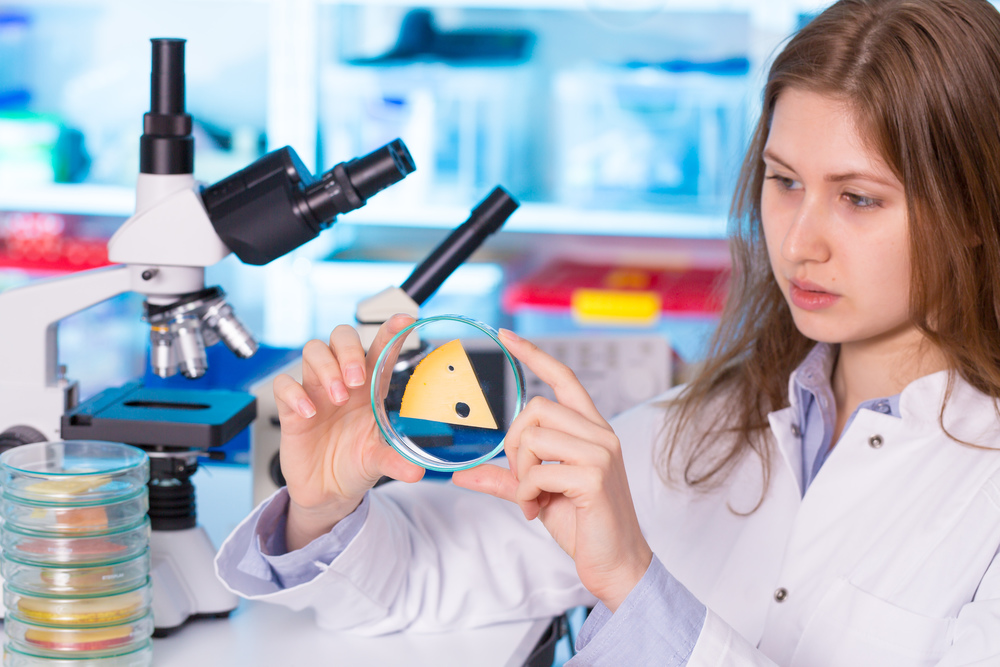
Scientists from the Laboratory of Structural Bioinformatics and Molecular Modeling at NGU are also concerned with food import substitution, and together with the Vector VB Research Institute and the Altai State University, they have developed a variant of modified chymosin. Simply put, researchers have changed the enzyme used in cheese making, which is produced in the stomachs of mammals. Depending on the properties of the used chymosin, different sorts of cheese are obtained, so that with the help of a new enzyme it will be possible to produce a new product. Option modified chymosin designed by computer simulation.
9th place, 55 publications
8. Dusty space
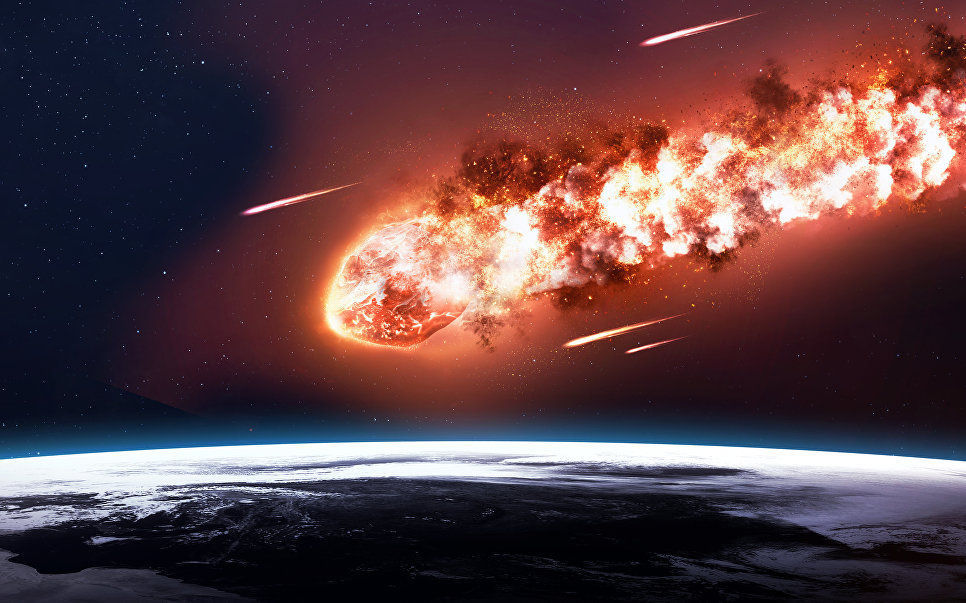
At the eighth place of the TOP-SCIENCE charts is a new method of studying the smallest particles of atmospheric and cosmic dust, developed by scientists of the Far Eastern Federal University (FEFU) in cooperation with foreign colleagues. The presented method is based on the works of the classic Russian physicist Nikolai Umov, who in the early twentieth century described the relationship between the reflectivity of an object and the degree of polarization of light reflected from it. Accounting for the effect allows one to obtain information on the size, structure, and composition of objects for remote sensing of comets and clouds of interplanetary dust.
8th place, 55 publications
7. Three metals for printer
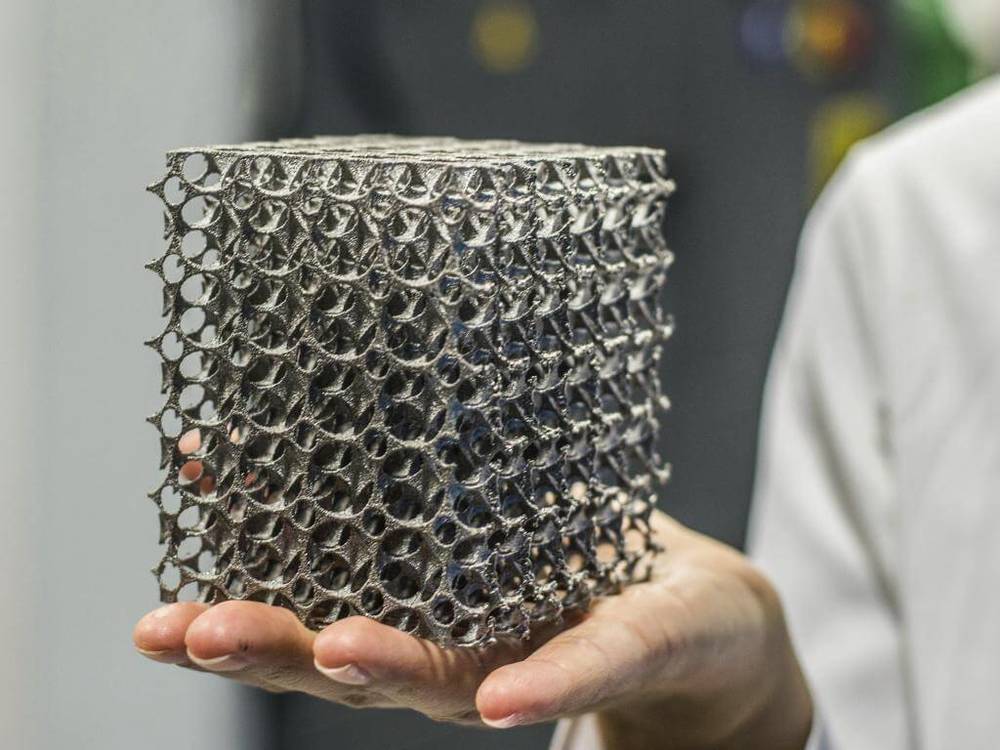
The seventh position in the ranking is occupied by scientists who created a 3D printer for printing with three metals at once. As the head of the laboratory of additive technologies and materials design and director of the Research Physics and Technology Institute of the Nizhny Novgorod State University (NIFTI UNN), Vladimir Chuvildeev, now they are creating programs that will allow to get high quality products on the new printer. The final version will be presented in early 2018. “Developers will be able to manufacture 3D printers for various tasks, in particular for the production of medical prostheses. Machines, printing several powders, in the world yet. In Germany, similar developments began in 2016. We have been ahead of schedule for at least a year, ”the authors note.
7th place, 64 publications
6. Sprinkle the mice on the wound ...
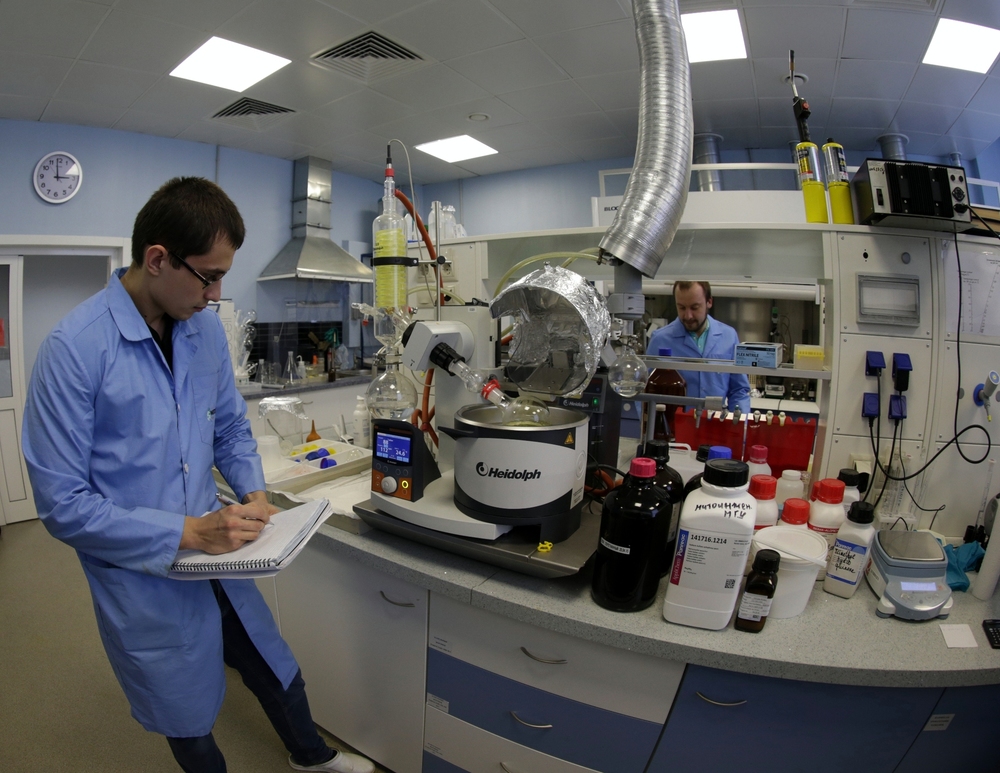
Closer to the equator of our hit parade of scientific developments TOP-SCIENCE are biologists of Moscow State University, who tested a new antioxidant that heals wounds in diabetes. As is known, impaired wound healing is a typical symptom of type 2 diabetes. The creators of the antioxidant SkQ1 tested it in mice. As a result, it was found that SkQ1 significantly accelerated the epithelization of wounds in rodents, the formation of granulation tissue and, which is extremely important for the healing of diabetic wounds, stimulated the growth of blood vessels, restoring impaired blood circulation.
6th place, 66 publications
5. Boiling blood as medicine
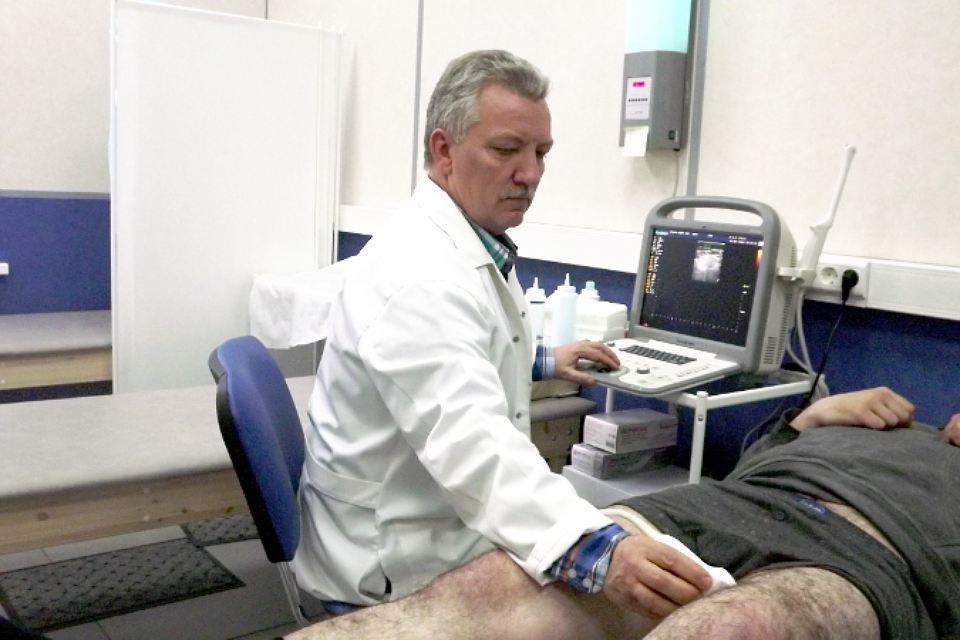
If in Moscow they fought with diabetes, in Vladivostok they concentrated on varicose veins and offered their own explanation of the effect of laser treatment of this disease. Varicose veins have been treated with a laser for about 20 years, but the physical principle of treatment was not completely clear. It is believed that the effect occurs due to damage to the endothelium - the internal cells of the vessel walls. Studies by Russian experts have shown that the main factor is blood boiling in a vein under the influence of radiation. According to scientists, further study of this process will help to simplify medical technology and make it cheaper for the public. Now the majority of phlebologists work on special and very expensive equipment. If further research confirms that the treatment of the vein is due to boiling blood, simpler and cheaper end fibers can be used for this procedure.
5th place, 72 publications
4. Cellular communication after the apocalypse

Scientists of the Samara and Crimea universities received a grant to develop a method for organizing uninterrupted mobile communications in the conditions of man-made disasters and natural disasters. They are going to ensure uninterrupted mobile communications in conditions when the cell towers of the operators do not work. This is supposed to be done through the creation of self-organizing networks by smartphones: mobile devices must find each other and transmit a signal via bluetooth or via Wi-Fi. This technology is certainly not new, but the main problem is that in a large city, the signal from one subscriber to another is more than half an hour. Grant recipients promise to reduce the time lag to fractions of a second.
4th place, 80 publications
3. Though similar to "Zelenka" ...
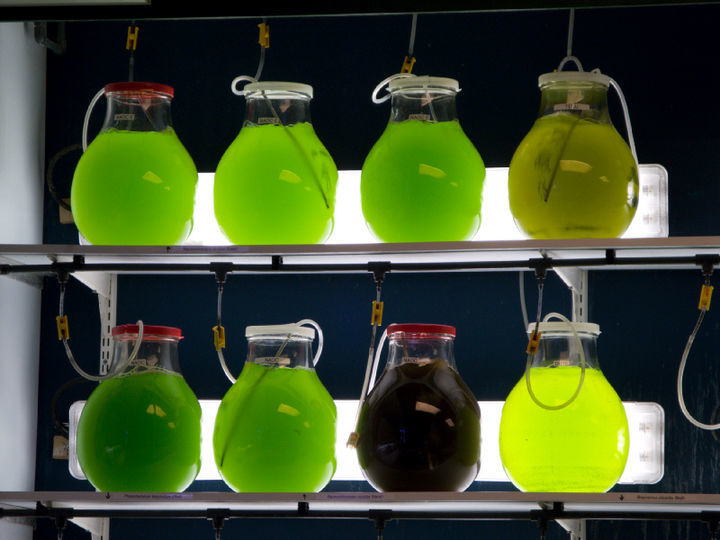
“Bronze” in the June TOP-SCIENCE ranking is received by the development of researchers from Moscow State University, MIPT, Skoltech, Institute of Energy Problems of Chemical Physics, Institute of Biochemical Physics and the Joint Institute of High Temperatures. Scientists have determined the composition of biofuels obtained from microalgae using high resolution mass spectrometry. The substances found in biofuels had nothing to do with those found in ordinary crude oil, although they turned out to be combustible. They are more like some dyes, such as, for example, brilliant green, which is part of the well-known medicine, usually referred to simply as "green paint".
3 place, 94 publications
2. I see nothing, hear nothing ... (c)
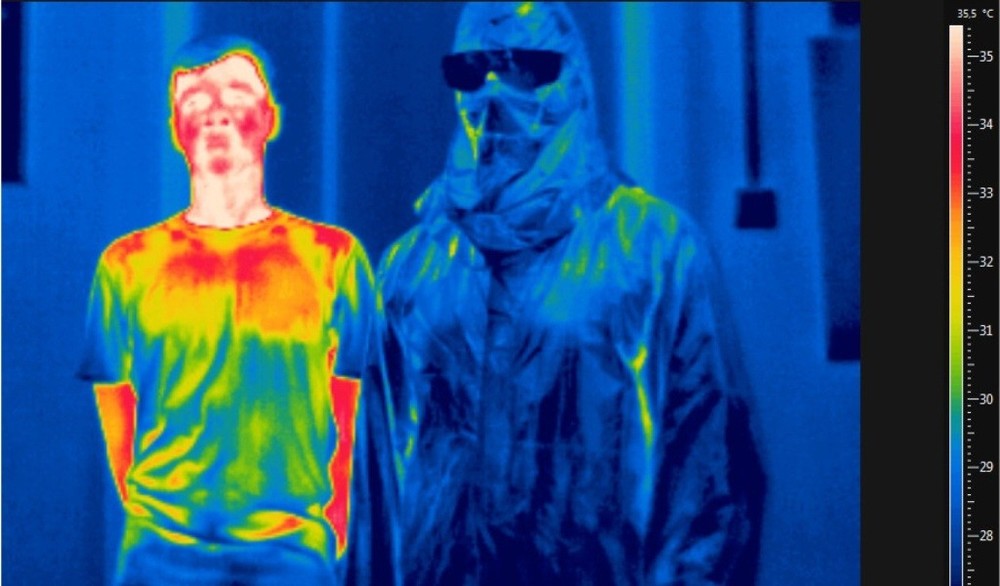
The June “silver” is being withdrawn by researchers at Saratov State University, who presented a new technology for the surface treatment of fabrics, giving the material unique properties. This is, first of all, the notorious "membrane effect", which allows the fabric to "breathe", but at the same time only allow moisture to pass in one direction. Of course, such an effect cannot be called new, but researchers from SSU claim that their development is much more efficient and simpler than its counterparts. In addition, the developers claim that their fabric has another possible application - the creation of light radio-absorbing or radio-scattering materials used in modern means of masking mobile military equipment and personnel. After that, naturally, all the headlines in the media were either about “fabric for the invisible man” or about “uniform using stealth technologies” and the number of reprints grew like a snowball.
2 place, 108 publications
1. Tear sunscreen
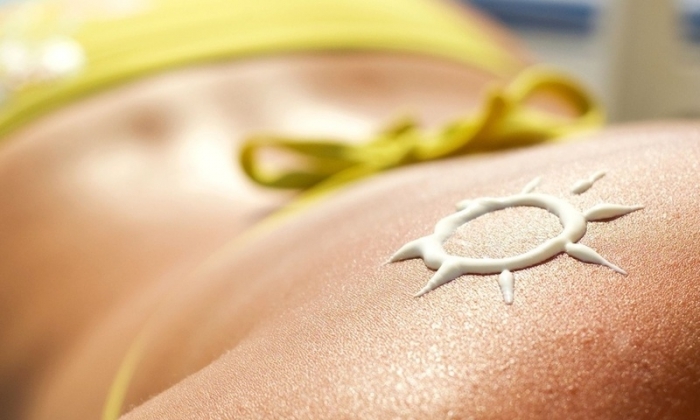
The winner of our charts reminds that we are summing up the first summer rating of TOP-SCIENCE. With a large margin, the title of the most replicated scientific development of June is obtained by a study of chemists at Moscow State University, who discovered the danger of a popular component of sunscreen creams. They chose avobenzon as the object of study - the most common UV filter in the world and an indispensable component of almost all sunscreens. Russian scientists have determined which products are formed by the decomposition of avobenzone in chlorinated water and under the action of sunlight: these are about two dozen organic compounds belonging to the classes of aromatic acids and aldehydes, phenols and acetophenones. The most toxic products were phenols and chlorinated acetophenones. The latter, in particular, chloroacetophenone, are part of the tear mixtures that the police use to disperse rallies.
1st place, 199 publications
In June, Russian scientists also discovered the ancient Jurchen cities and struggled with waterlogging with biochar, treated them with antibiotics and created an ultrafast holographic camera, found seven sunken ships at the bottom of the Golden Horn in Vladivostok and dealt with many equally important problems. In July, they will continue their work, and we will tell you about the most extensive research in early August.
Stay with us!

Meet the first summer hit parade of the most media scientific developments of Russian universities. This project was launched on the one hand to popularize Russian science, on the other - we wanted to understand which scientific developments receive a good press and cause a resonance in the Russian media.
Briefly recall the criteria that guide us in the preparation of the rating. In terms of research, they are located according to the simplest and verifiable principle - the number of reprints of the original message. The number of reprints is determined using the information-analytical system of monitoring and effective analysis of the Russian media "Medialogia".
Only Russian developments and only developments of researchers from higher educational institutions of the Russian Federation are included in the rating.
Another important caveat - according to the principle of “not to mix the immiscible”, the ranking does not represent the achievements of scientists working in the field of the humanities. The reasons are clear - any research on pensions in the media plan will be replicated and read an order of magnitude more actively than the most breakthrough science-based development. For this, we do not include a variety of monitoring, measurements of subsistence minimum, etc. studies performed with a known frequency.
And now meet the most popular scientific developments in the media in June:
10. Cucumber "Kolyan" and Alpine goats

At the tenth position of the TOP-SCIENCE charts is the news that scientists from the Ural Agrarian University won two grants of one million rubles each. We understand your bewilderment, but we would like to note that one grant was issued to develop recommendations for keeping and breeding Alpine goats, a herd of € 1 million worth arrived in Yekaterinburg last November. The second grant was allocated for the selection of new hybrids of cucumber, "which, in terms of yield and taste, will surpass imported analogues". And everything would be fine, but the names of the already derived hybrids sound like music: “Source”, “Uralochka”, “Track and Field Athlete”, “Gentle”, “Olympian” and, apotheosis, “Kolyan”.
10th place, 54 publications
9. What can own Rokfors ...

Scientists from the Laboratory of Structural Bioinformatics and Molecular Modeling at NGU are also concerned with food import substitution, and together with the Vector VB Research Institute and the Altai State University, they have developed a variant of modified chymosin. Simply put, researchers have changed the enzyme used in cheese making, which is produced in the stomachs of mammals. Depending on the properties of the used chymosin, different sorts of cheese are obtained, so that with the help of a new enzyme it will be possible to produce a new product. Option modified chymosin designed by computer simulation.
9th place, 55 publications
8. Dusty space

At the eighth place of the TOP-SCIENCE charts is a new method of studying the smallest particles of atmospheric and cosmic dust, developed by scientists of the Far Eastern Federal University (FEFU) in cooperation with foreign colleagues. The presented method is based on the works of the classic Russian physicist Nikolai Umov, who in the early twentieth century described the relationship between the reflectivity of an object and the degree of polarization of light reflected from it. Accounting for the effect allows one to obtain information on the size, structure, and composition of objects for remote sensing of comets and clouds of interplanetary dust.
8th place, 55 publications
7. Three metals for printer

The seventh position in the ranking is occupied by scientists who created a 3D printer for printing with three metals at once. As the head of the laboratory of additive technologies and materials design and director of the Research Physics and Technology Institute of the Nizhny Novgorod State University (NIFTI UNN), Vladimir Chuvildeev, now they are creating programs that will allow to get high quality products on the new printer. The final version will be presented in early 2018. “Developers will be able to manufacture 3D printers for various tasks, in particular for the production of medical prostheses. Machines, printing several powders, in the world yet. In Germany, similar developments began in 2016. We have been ahead of schedule for at least a year, ”the authors note.
7th place, 64 publications
6. Sprinkle the mice on the wound ...

Closer to the equator of our hit parade of scientific developments TOP-SCIENCE are biologists of Moscow State University, who tested a new antioxidant that heals wounds in diabetes. As is known, impaired wound healing is a typical symptom of type 2 diabetes. The creators of the antioxidant SkQ1 tested it in mice. As a result, it was found that SkQ1 significantly accelerated the epithelization of wounds in rodents, the formation of granulation tissue and, which is extremely important for the healing of diabetic wounds, stimulated the growth of blood vessels, restoring impaired blood circulation.
6th place, 66 publications
5. Boiling blood as medicine

If in Moscow they fought with diabetes, in Vladivostok they concentrated on varicose veins and offered their own explanation of the effect of laser treatment of this disease. Varicose veins have been treated with a laser for about 20 years, but the physical principle of treatment was not completely clear. It is believed that the effect occurs due to damage to the endothelium - the internal cells of the vessel walls. Studies by Russian experts have shown that the main factor is blood boiling in a vein under the influence of radiation. According to scientists, further study of this process will help to simplify medical technology and make it cheaper for the public. Now the majority of phlebologists work on special and very expensive equipment. If further research confirms that the treatment of the vein is due to boiling blood, simpler and cheaper end fibers can be used for this procedure.
5th place, 72 publications
4. Cellular communication after the apocalypse

Scientists of the Samara and Crimea universities received a grant to develop a method for organizing uninterrupted mobile communications in the conditions of man-made disasters and natural disasters. They are going to ensure uninterrupted mobile communications in conditions when the cell towers of the operators do not work. This is supposed to be done through the creation of self-organizing networks by smartphones: mobile devices must find each other and transmit a signal via bluetooth or via Wi-Fi. This technology is certainly not new, but the main problem is that in a large city, the signal from one subscriber to another is more than half an hour. Grant recipients promise to reduce the time lag to fractions of a second.
4th place, 80 publications
3. Though similar to "Zelenka" ...

“Bronze” in the June TOP-SCIENCE ranking is received by the development of researchers from Moscow State University, MIPT, Skoltech, Institute of Energy Problems of Chemical Physics, Institute of Biochemical Physics and the Joint Institute of High Temperatures. Scientists have determined the composition of biofuels obtained from microalgae using high resolution mass spectrometry. The substances found in biofuels had nothing to do with those found in ordinary crude oil, although they turned out to be combustible. They are more like some dyes, such as, for example, brilliant green, which is part of the well-known medicine, usually referred to simply as "green paint".
3 place, 94 publications
2. I see nothing, hear nothing ... (c)

The June “silver” is being withdrawn by researchers at Saratov State University, who presented a new technology for the surface treatment of fabrics, giving the material unique properties. This is, first of all, the notorious "membrane effect", which allows the fabric to "breathe", but at the same time only allow moisture to pass in one direction. Of course, such an effect cannot be called new, but researchers from SSU claim that their development is much more efficient and simpler than its counterparts. In addition, the developers claim that their fabric has another possible application - the creation of light radio-absorbing or radio-scattering materials used in modern means of masking mobile military equipment and personnel. After that, naturally, all the headlines in the media were either about “fabric for the invisible man” or about “uniform using stealth technologies” and the number of reprints grew like a snowball.
2 place, 108 publications
1. Tear sunscreen

The winner of our charts reminds that we are summing up the first summer rating of TOP-SCIENCE. With a large margin, the title of the most replicated scientific development of June is obtained by a study of chemists at Moscow State University, who discovered the danger of a popular component of sunscreen creams. They chose avobenzon as the object of study - the most common UV filter in the world and an indispensable component of almost all sunscreens. Russian scientists have determined which products are formed by the decomposition of avobenzone in chlorinated water and under the action of sunlight: these are about two dozen organic compounds belonging to the classes of aromatic acids and aldehydes, phenols and acetophenones. The most toxic products were phenols and chlorinated acetophenones. The latter, in particular, chloroacetophenone, are part of the tear mixtures that the police use to disperse rallies.
1st place, 199 publications
In June, Russian scientists also discovered the ancient Jurchen cities and struggled with waterlogging with biochar, treated them with antibiotics and created an ultrafast holographic camera, found seven sunken ships at the bottom of the Golden Horn in Vladivostok and dealt with many equally important problems. In July, they will continue their work, and we will tell you about the most extensive research in early August.
Stay with us!
All Articles